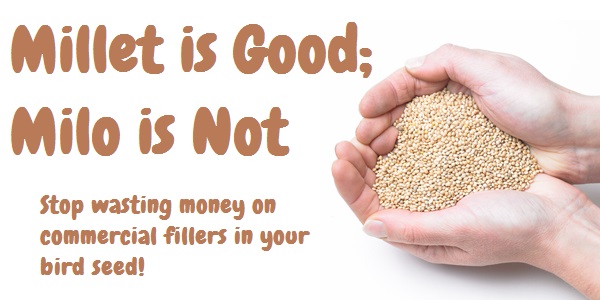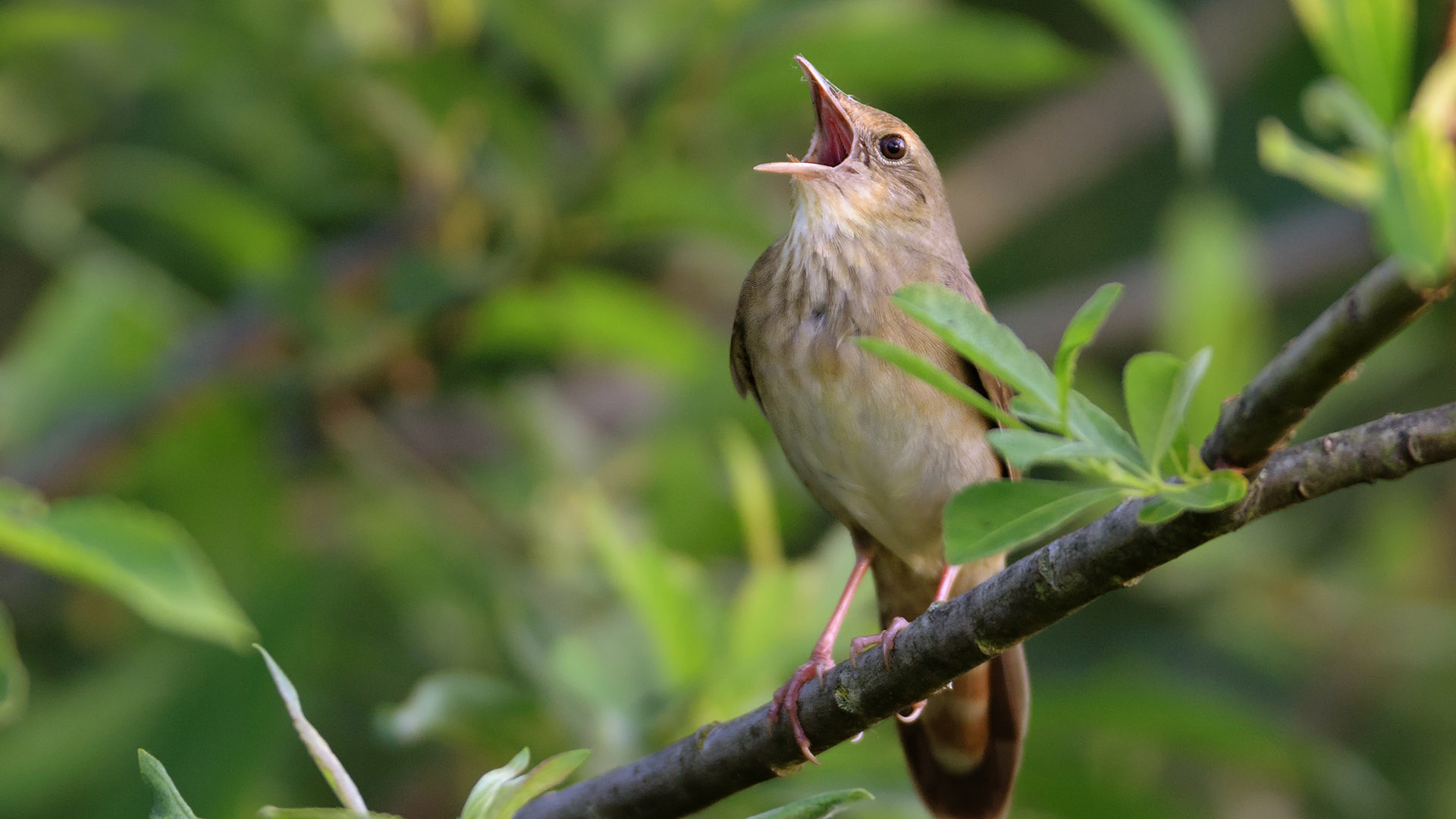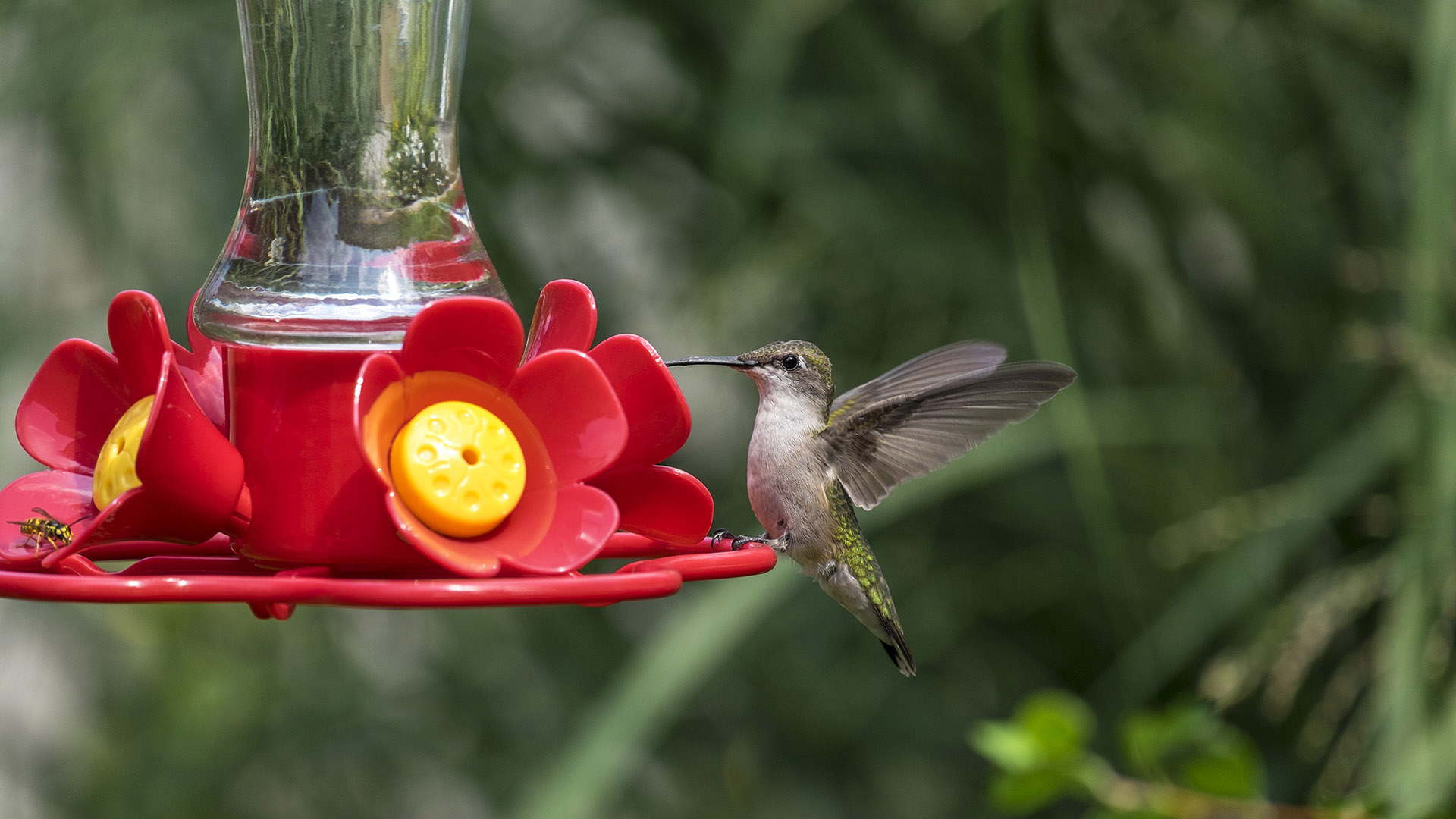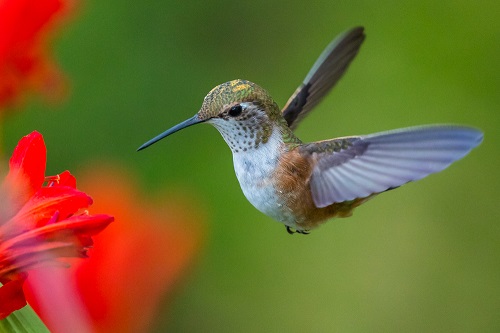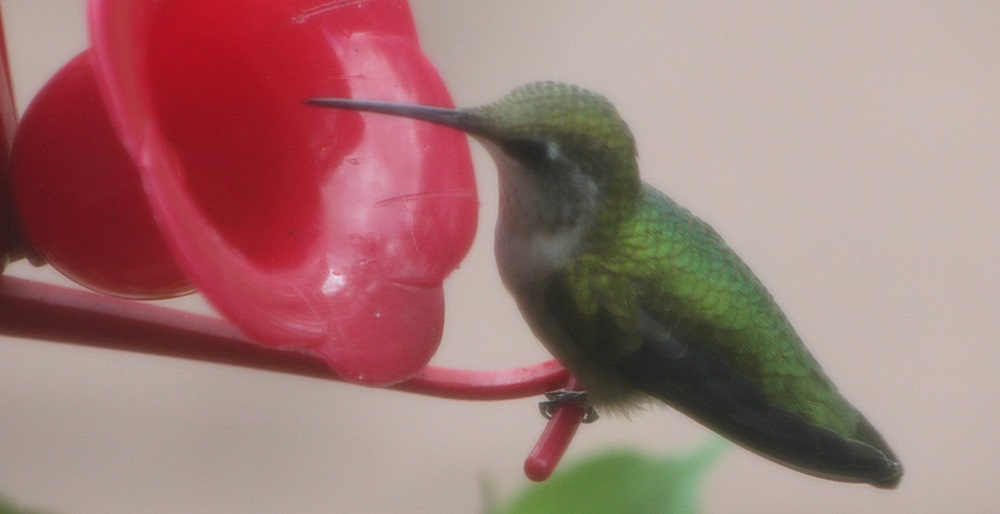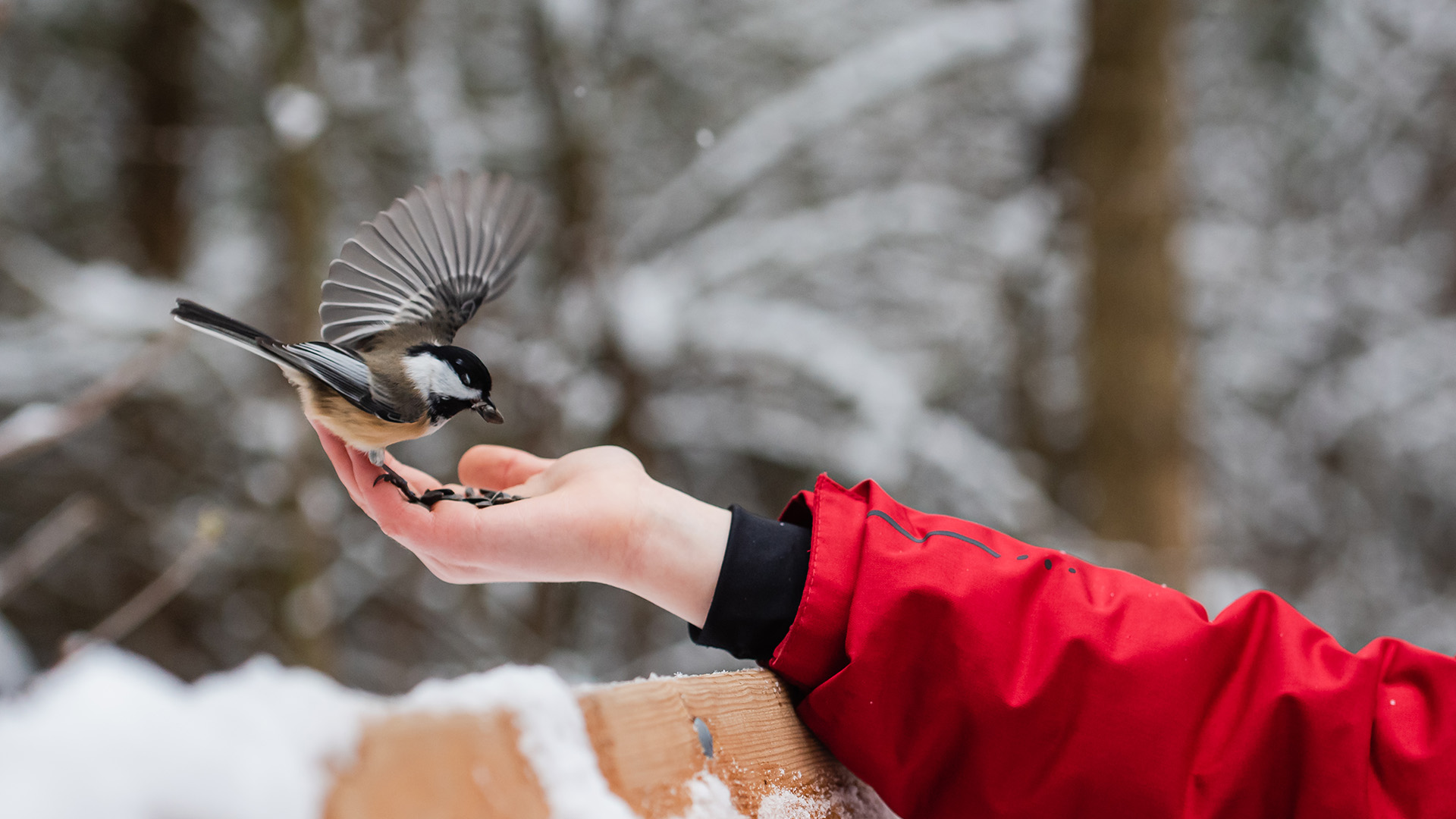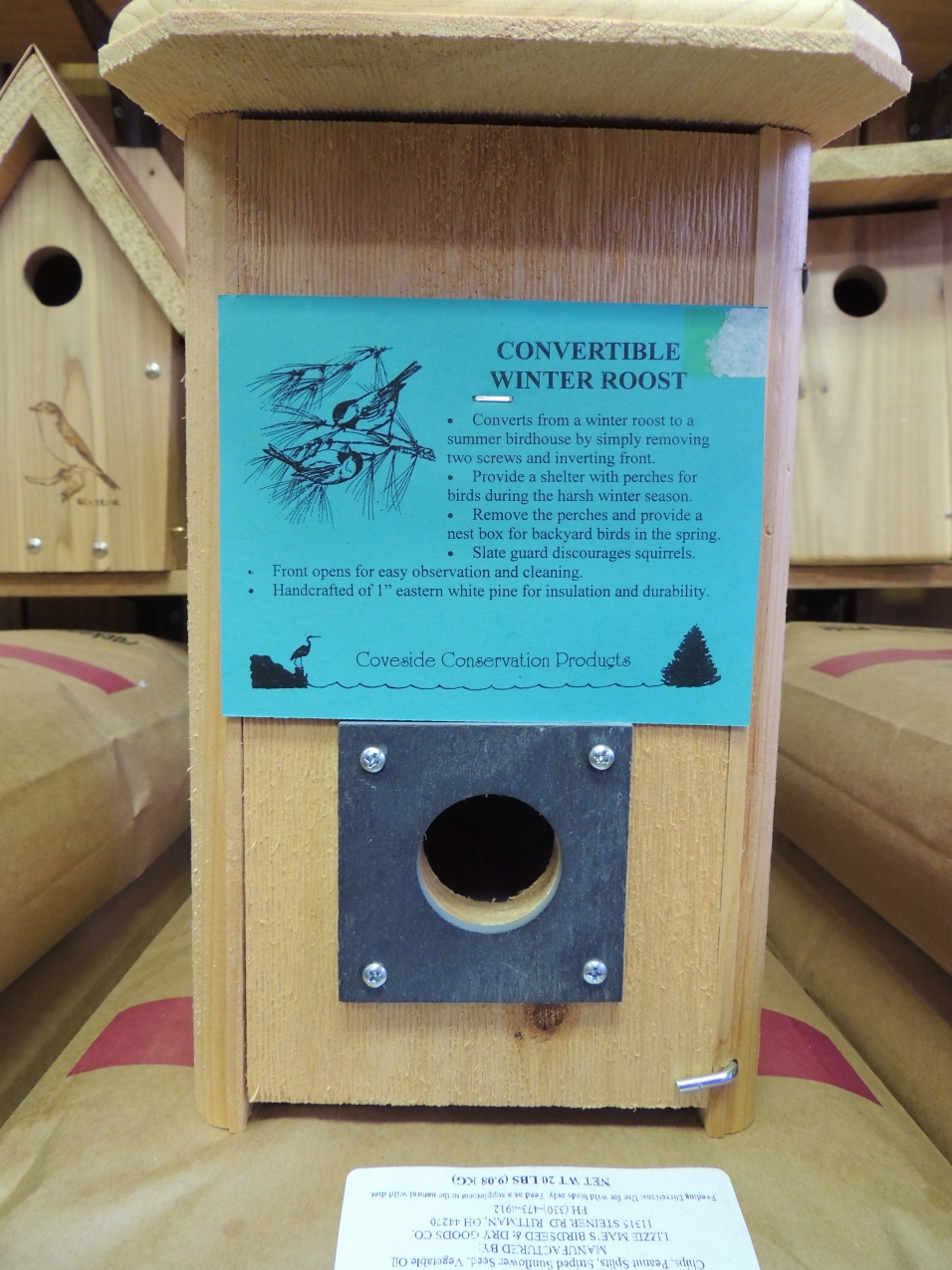Fall will bring some interesting bird sightings, including the return of the junco. To make your yard more appealing, increase the amount of millet you already feed or add a little white millet for lots of ground-feeders.
Red or White Millet
Millet comes in two types, the red and white varieties. Birds seem to favor the white proso millet over the red millet.
This small light colored seed is one of the main ingredients in mixed birdseed in attracting birds. Ground-feeding birds, such as doves, juncos, sparrows, thrashers, Carolina wrens, cardinals and our not so favorites, starlings and house sparrows are the more common birds who have a preference for millet.
Milo Seed
Milo is a large, reddish round seed, also called sorghum. Because it is large and bulky, it is less expensive than most other types of birdseed, but it is less appealing to most bird species. Very few birds will eat milo, though it is a favorite food for doves, wild turkeys and pheasants. Milo is often used as a filler in bulk commercial seed mixes, making them less valuable because much of the seed will be wasted.
These two types of seed are often confused and understandably so. The names are similar. Both are little round seeds that get kicked to the ground. Millet gets eaten (unless your mix is too heavy in millet), but milo is a filler – birds don’t like it.
Be careful about using most commercial mixes from the grocery store or big box stores. Often they contain a high percentage of milo and other fillers like wheat.

